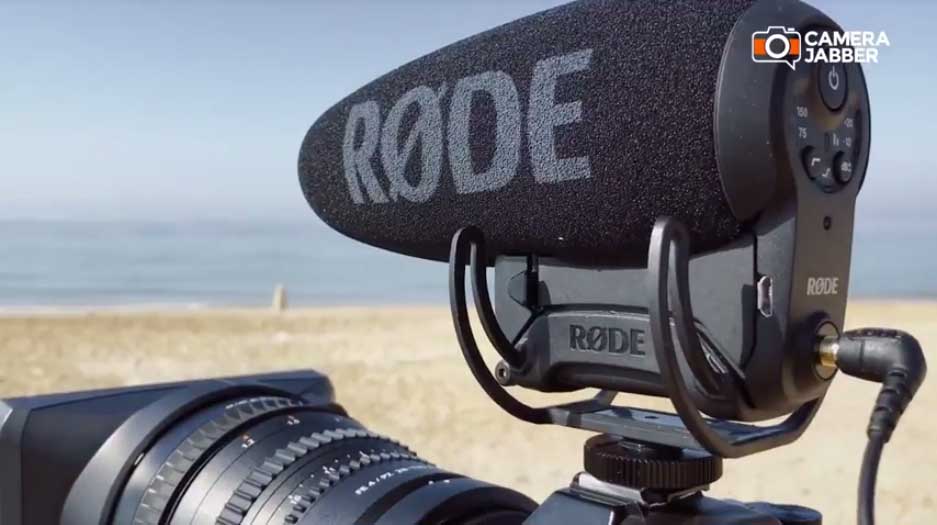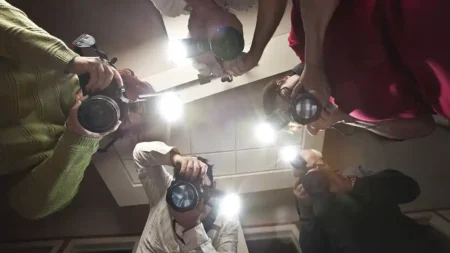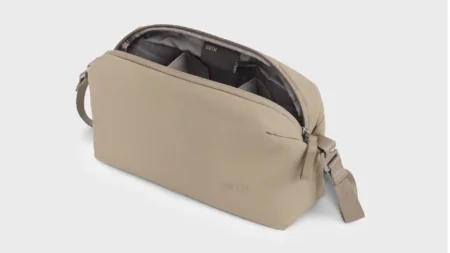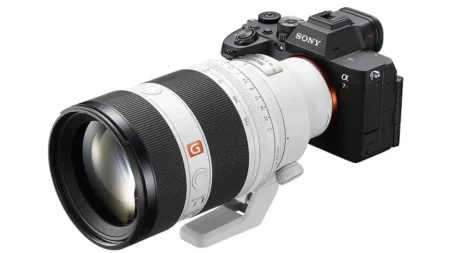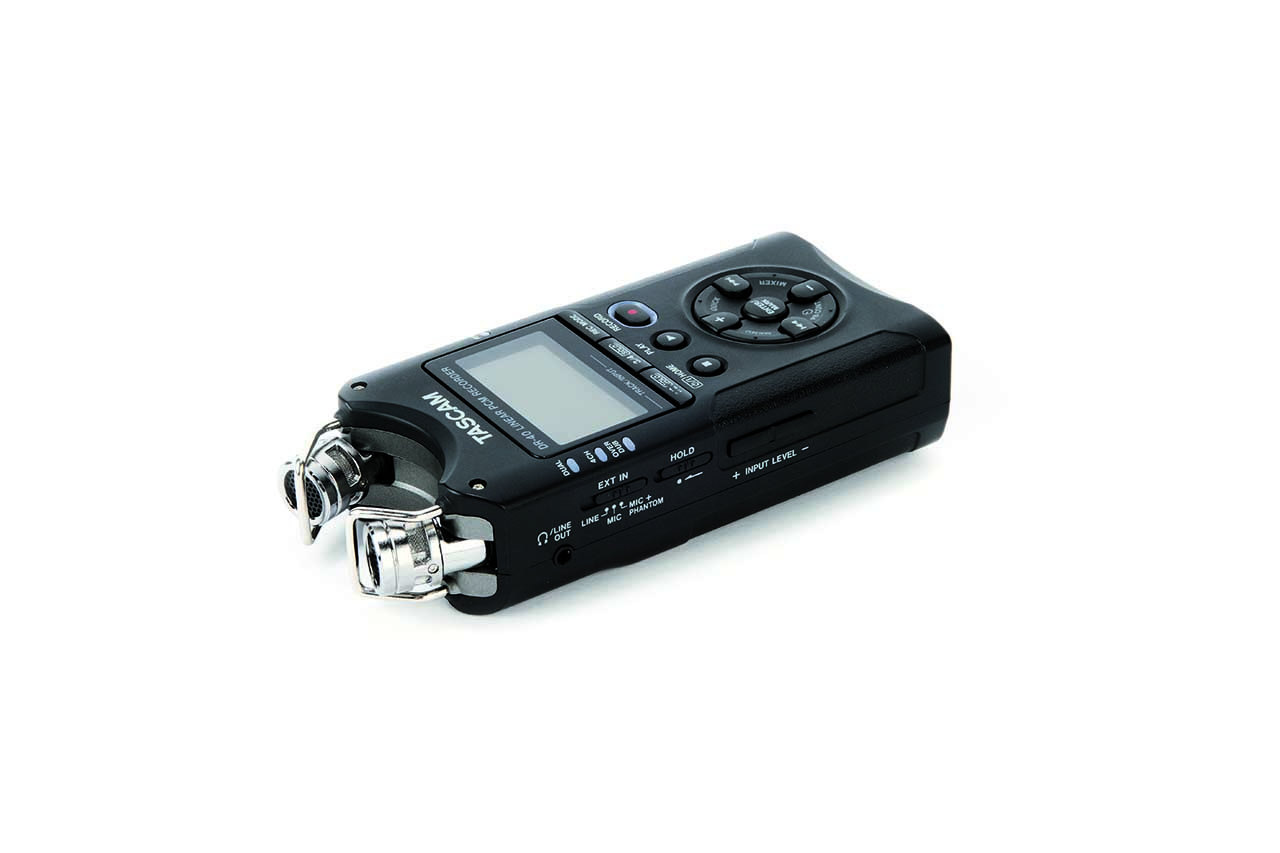Why is audio for video so important?
In this tutorial we’ll take a look at what you need to consider when recording audio for your films, the types of microphones you can use, the coverage of different mics, plus the pros and cons of using external recorders for audio capture.
What you’ll learn
- The importance of audio for video
- The main microphone types explained
- When to use specific mics
- Coverage and polar patterns of mic types
- The pros and cons of using external recorders
- How to sync audio with pictures
What you’ll need
- A camera with a built-in mic and a mic input
- A camera with a headphone socket
- A microphone compatible with your camera
- Headphones to allow monitoring of sounds
- Skills to sync audio and video in post
Fantastic audio adds instant impact to videos and, in quality terms, is arguably a more important aspect of filmmaking than the moving image. To unpack the world of audio for video Steve Fairclough examines the key factors you need to consider when recording sound for your footage
Shooting great quality footage is only half the story when you’re making videos, as audio is just as vital to ensure you have films with impact. You can disguise less than perfect pictures with great sound but fabulous footage can easily be ruined by poor quality audio.
Can I use built-in camera mics for audio?
The built-in microphones housed within DSLRs or compact system cameras are fine for short clips of your holidays or the kids playing in the garden but for anything more professional the sound quality will probably be woefully inadequate.
If you’re taking video seriously the first investment to make, after your camera, should be a microphone, but don’t forget to make sure the camera has a mic input to accept a microphone!
Using a built-in mic on a camera should really be your ‘last resort’ choice for recording sound. It will usually be very small and is omnidirectional, in other words it will pick up ambient sounds from all around, literally a 360-degree coverage.
It is sensitive enough to amplify sounds in its immediate vicinity, such as your breathing or your camera’s lens motor whirring. It’s also vulnerable to wind noise and will often record this as a roar that will drown out any speech or narration.
These downsides can be quickly remedied by using an external microphone instead, but what are the choices?
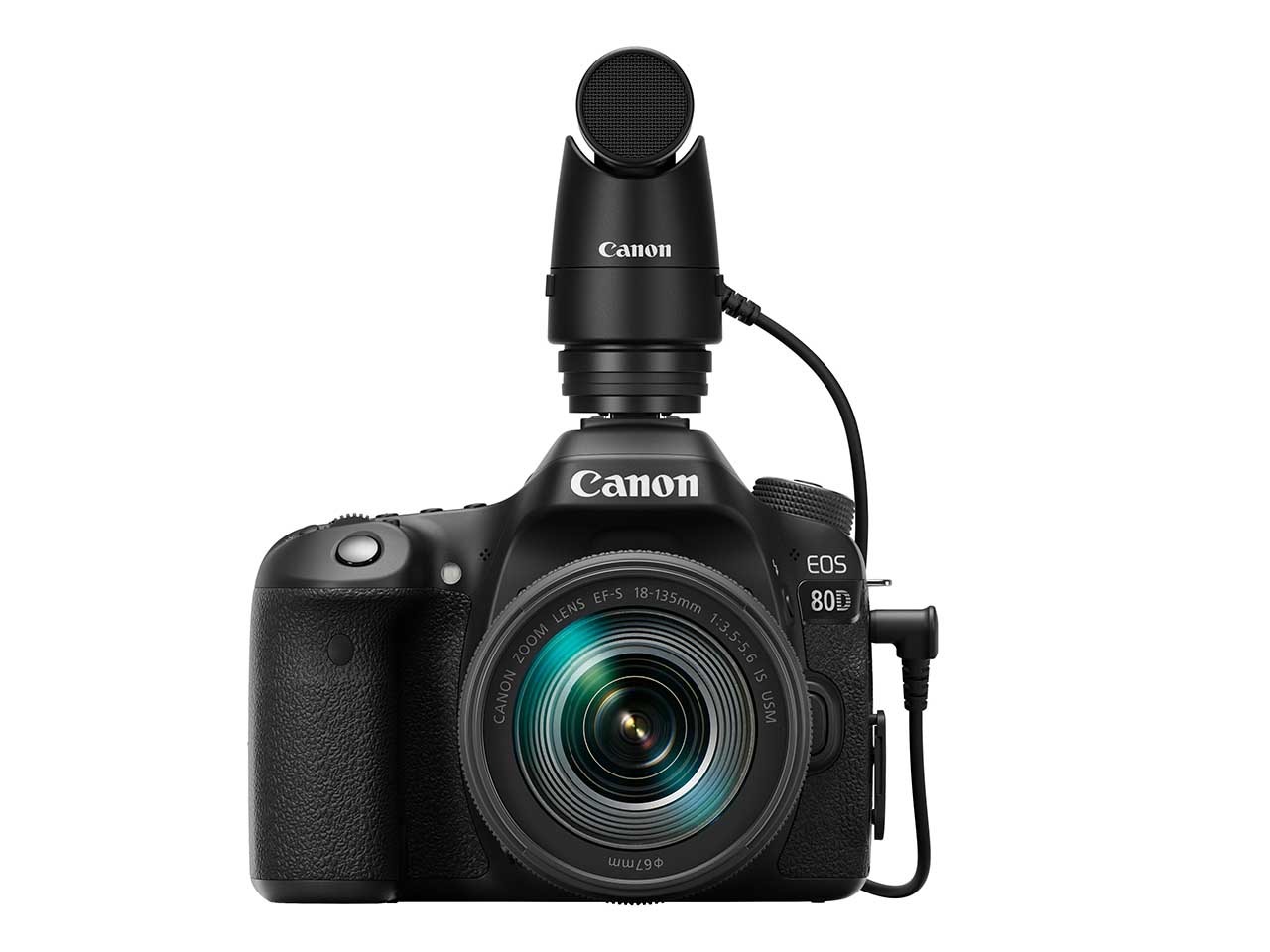
Using directional hotshoe mics
Many camera brands and independent accessory companies make a simple cardioid microphone that fits into the hotshoe of your camera, plugs into the camera’s input socket and records the sound coming from in front of it.
You can buy these for under £100 and they offer stronger sound and less distracting background, handling and wind noise (especially when used with a compatible windshield).
This type of mic still has some drawbacks as for the best audio quality the mic should really be as close as possible to the sound source, not on-camera. If your subject is over two metres away the sound quality will suffer.
What is a shotgun microphone used for?
So-called ‘shotgun’ mics can also be mounted on the hotshoe of cameras, using a suitable shock-absorbing cradle, but they are much more directional. They pick up from a very narrow angle in front and have a longer range than a basic hotshoe mic.
Even so, shotgun mics are most often used off-camera, usually suspended from a boom above or pointing up from below out of shot. Shotgun mics usually cost more than basic on-camera hotshoe mics but are more versatile.
Using lavalier / lapel mics
The ‘lav mic’ or ‘lapel mic’ is a tiny microphone that attaches to the clothing of the person speaking and is usually deployed in interview situations. Its short range means it can pick up crystal clear sound from the person it’s attached to, whilst ignoring more distant sounds.
These mics are available in both omnidirectional and directional types and in wired and wireless varieties.
You can find a wired lav mic for under £50 but your shooting distance will be limited by the length of the cable (usually these are around six metres), since the other end of the mic plugs directly into the camera.
With a wireless version you can shoot from further away and the subject has complete freedom of movement. The downside of lav mics is that they are visible in your video and the wireless options can be quite expensive.
What are coverage and polar patterns?
We’ve already explained the key pros and cons of the main microphone types but it’s worth unpacking a bit more of the science of microphones. The (angle of) coverage of mics simply refers to how much out of a possible 360-degrees coverage a mic offers.
Polar patterns simply refer to the inherent directionality of a microphone or, in more scientific words, the sensitivity of any microphone to sounds arriving from different angles to its central axis.
So let’s take a look at the usual amount of coverage and polar patterns offered by the four main microphone types – omnidirectional, cardioid, supercardioid and lobar.
What is an omnidirectional mic?
The lavalier mics (aka lav, lapel or clip mics) mentioned above use a 360 degrees polar pattern and can easily be placed on a presenter or interviewee.
You can hear someone standing next to the speaker, as well as noise from the side, behind and below.
What is a cardioid mic used for?
A cardioid microphone has the most sensitivity at the front and is least sensitive at the back.
Cardioid microphones have more of a 300 degrees polar pattern, which is useful for capturing audio from the front and sides of the microphone.
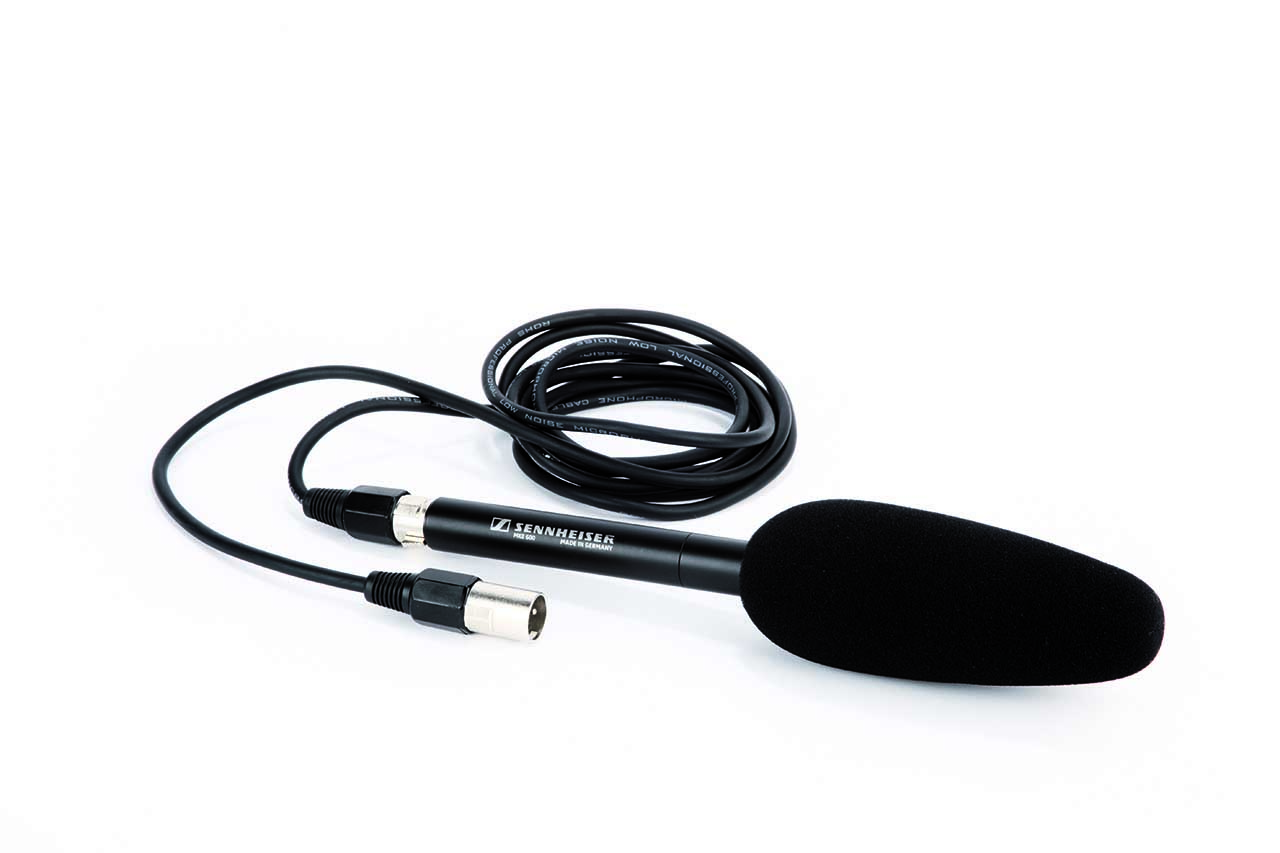
What is a super cardioid mic?
These mics offer a narrower pick-up than cardioids and a greater rejection of ambient sound.
They also have some pick-up directly at the rear, making them useful for interviews, as this saves time turning the microphone around every time a question is asked.
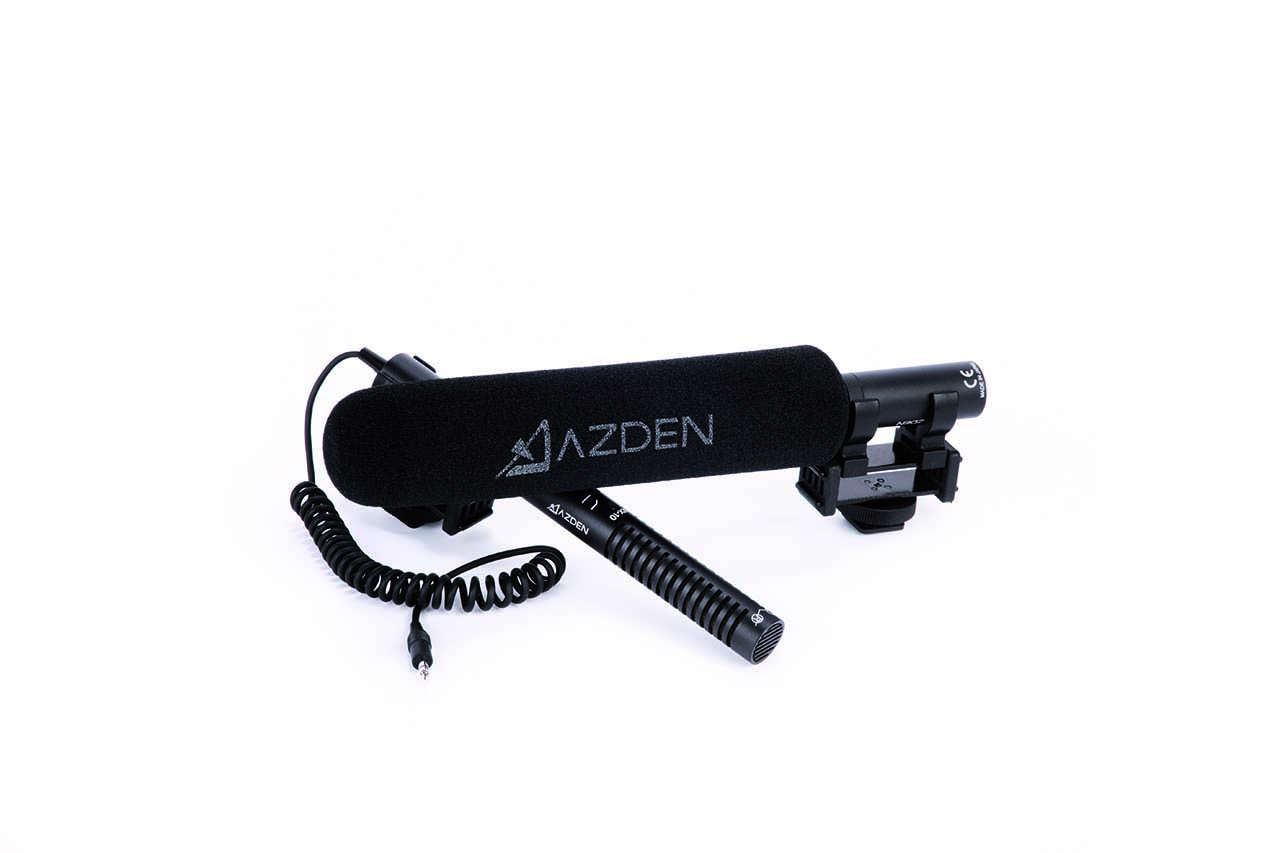
What is a lobar mic?
Found in shotgun mics, the polar pattern of lobars has the highest possible directivity, so you can focus in on a specific area, as well as getting some pick-up from behind.
Microphone brands to consider
If you’re looking at purchasing microphones brands that are worth looking at include Audio-Technica, Azden, Polsen, Rode, Sennheiser and Shure. As a general rule of thumb it’s often better to buy mics from long-established audio companies, simply because they have a richer history of developing and manufacturing audio specific products.
Using separate audio recorders
Aside from microphones you may wish to record audio using an external recorder. These are useful if you don’t have a mic input socket on your camera or if you want more control and monitoring over your sound.
Not too many cameras offer manual adjustment of audio levels and instead will offer auto gain compensation to automatically adjust the recording levels.
Unfortunately this means if the ambient noise level in your environment suddenly drops, such as when a music track stops, the camera will ‘panic’ and will crank up the recording level, resulting in a whoosh of background hiss.
If your camera has the means to set a record level, with a meter to provide a visual representation of the audio being recorded, you should use it, setting the peaks of your sound to hit the -12dB level to avoid distortion.
Even then there’s no substitute for actually hearing the audio you’re recording so you should ideally be monitoring it through headphones. If you’re buying a camera for video check out if it has a headphone socket and, if it does, make sure you use it!
So if your camera has manual audio-level control and headphone monitoring is that good enough?
Well, yes and no. An audio recorder will still deliver much better sound because it uses better quality, more powerful pre-amplifiers and less compression.
By not being attached to the camera it will also enable you to get your wired mic much closer to the sound source, but don’t forget to hide the device out of shot.
A more affordable external recorder option for audio would be using your smartphone to record sound. This will often give you better sound than an in-camera mic and you can position the device close to your subject.
When considering external recorders to capture your audio for video, brands worth considering include Roland, Sony, Tascam and Zoom.
How to sync sound in video when using a separate audio recorder
The downside of using any separate audio recorder is that in post-production you will have to sync the sound with the footage you’ve shot.
The best advice is to also record with the in-camera mic and by making a couple of loud claps at the start of recording sound and vision you can line up the peaks in the visual waveform that this creates with the same peaks on your in-camera audio.
Once synced you can then remove the in-camera audio track. This is part of the reason why pro filmmakers use clapperboards as an audio and visual reference to the scene being shot.
Listen up!
Hopefully by now you should have a clearer picture of the type of microphone or sound recording device you need for your video shoots. Remember to think about what sounds you need to record – for example, ambient outside noise or audio from a direct one-to-one interview.
Consider giving yourself the option to monitor your sound recording via headphones and to adjust audio levels if needs be.
There is much more science involved in audio than outlined here but this blog should hopefully serve as a useful starting point to answer some key questions on how to get good audio for video.
